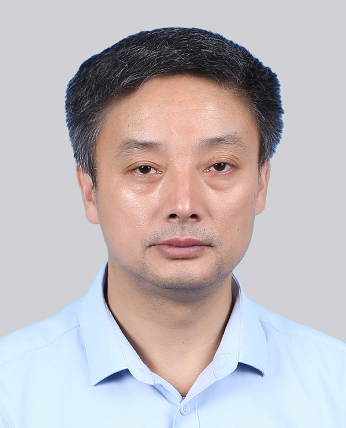Wang Xiaolong
Publisher:赵亚囡
Release time:2022-10-25
Number of views:18

1.Personal Profile
Name: Wang Xiaolong
Education: Doctor
Title: Associate Professor
Email: Xiaolong@ouc.edu.cn
2.Teaching course
《Molecular Biology Experiment》,《Genetics Experiment》
3.Experiment skill training
At present, the research direction is biotechnology pharmacy, molecular biotechnology, bioinformatics, computational biology and its interdisciplinary. Research interests include the development and application of new nucleic acid amplification technologies, the design and development of new methods and drugs for gene transfer, gene expression regulation and gene therapy (including antisense oligonucleotides, siRNA and miRNA). Develop new biological computing algorithms and user friendly bioinformatics software for DNA and protein sequence analysis, data mining, protein spatial structure simulation, molecular phylogeny, molecular evolution and molecular biology research. In addition, I am also interested in DNA computer research and develop new DNA computing algorithms.
(1) In the field of biopharmaceuticals and molecular biotechnology: it has pioneered a new nucleic acid amplification technology, called Polymerase endonuclease Amplification Reaction (PEAR), which has been granted a national invention patent and applied for an international patent. PEAR technology has important scientific significance and application value: it can be used to amplify oligonucleotides and small RNAs, prepare antisense oligonucleotide drugs, and be used in research on gene regulation and gene therapy. Compared with chemical synthesis, PEAR amplification and preparation of antisense oligonucleotides are cheap, pollution-free, and the product purity is high, which makes it easy to realize large-scale and automatic production.
(2) In the field of biological information and biological computing: at present, the alignment and evolutionary analysis of proteins and their coded DNA sequences are conducted separately, but they often draw different conclusions. I have developed a new method and software for joint alignment analysis of nucleic acid and protein sequences - Codon and Amino acid Unified Sequence Alignments (CAUSA), which combines protein coding DNA sequences and their amino acid sequences for unified multiple sequence alignment, not only greatly improving the accuracy of DNA and protein sequence alignment, Moreover, several new mutation patterns of insertion/deletion sequences have been found. It is proved theoretically that the entropy information of CAUSA joint sequence alignment is greater. Through the case analysis of HIV and other viral protein genes, it is confirmed that drawing the evolution tree with the comparison results of CAUSA software can overcome the inaccuracy and inconsistency of the evolution tree commonly seen in molecular system and evolution analysis, and can explain the evolution events more clearly, and make the simulation results of protein spatial structure more accurate. The software version 2.0 has been released and can be downloaded for free on the website.
(3) In the field of DNA computer: I put forward a new DNA computing method, solved the famous SAT problem in computer science with ligase chain reaction (LCR) technology, and built digital logic circuits. Compared with similar international research, I have the advantages of good fault tolerance, high sensitivity, low time/space complexity, etc.
4.Research results
Representative papers:
Biao Li, Shihua Dong, Jiajun Wu, Jianye Zhang, Gang Chen, Quanjiang Dong, Xinhong Zhu, Xiaolong Wang* (2013) Preparation of5′-O-(1-Thiotriphosphate)-ModifiedOligonucleotides UsingPolymerase-Endonuclease Amplification Reaction (PEAR). PLoS ONE 8(7): e67558. doi:10.1371/journal.pone.0067558
Shuang-yong Xu, Rebecca L. Nugent, Julie Kasamkattil, Alexey Fomenkov, Yogesh Gupta, Aneel Aggarwal, Xiaolong Wang, Zhiru Li, Yu Zheng, and Richard Morgan (2012) Characterization of Type II and III restriction-modification systems from Bacillus cereus strains ATCC10987 and ATCC14579, Journal of Bacteriology, 194(1): 49-60, doi:10.1128/JB.06248-11 (SCI IF 2010: 3.726)
Xiaolong WANG, Deming GOU, Shuang-yong XU. (2010)Polymerase-Endonuclease Amplification Reaction (PEAR) for Large-Scale Enzymatic Production of Antisense Oligonucleotides. PLoS ONE, 5(1): e8430. doi:10.1371/journal.pone.0008430. (SCI IF 2010: 4.351)



